All About Plant Supports: How To Choose The Right One For Your Plant's Needs
Plant supports not only hold up our flowery friends, they can also add a lovely design element to our gardens. Here's everything you need to know to pick the right one for your landscape.
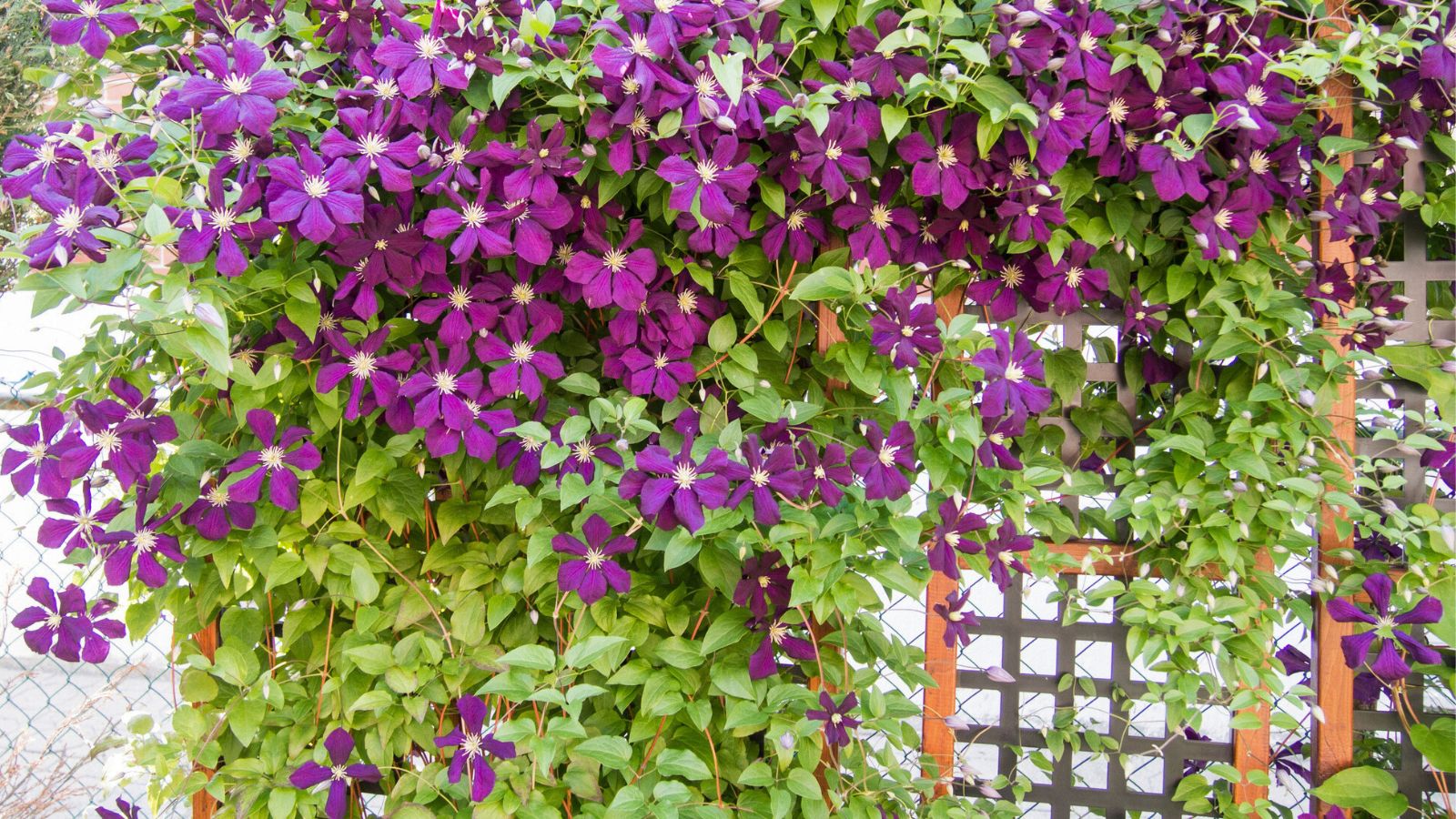

One of the most frustrating things as a gardener is when strong winds or heavy rains wreak havoc on our gardens. Tall plants and vines topple over and break in strong winds. Peonies and other perennials are pounded to the ground by heavy rains. Many times, after the damage is done, there is no fixing it, and you're left kicking yourself for not supporting the plants earlier. Continue reading to learn about choosing garden plant supports.
Types of Plant Supports
The type of plant support you will need depends on the type of plant you are supporting.
Woody climbers, like climbing hydrangea or climbing roses, will need a much different support than perennial or annual climbers, like clematis, morning glory, or black-eyed Susan vine.
Large woody vines will be much heavier and need a strong structure to climb on, such as obelisks, trellises, arbors, pergolas, walls, or fences. Structures for heavy vines should be made of strong materials like metal, wood, or vinyl.
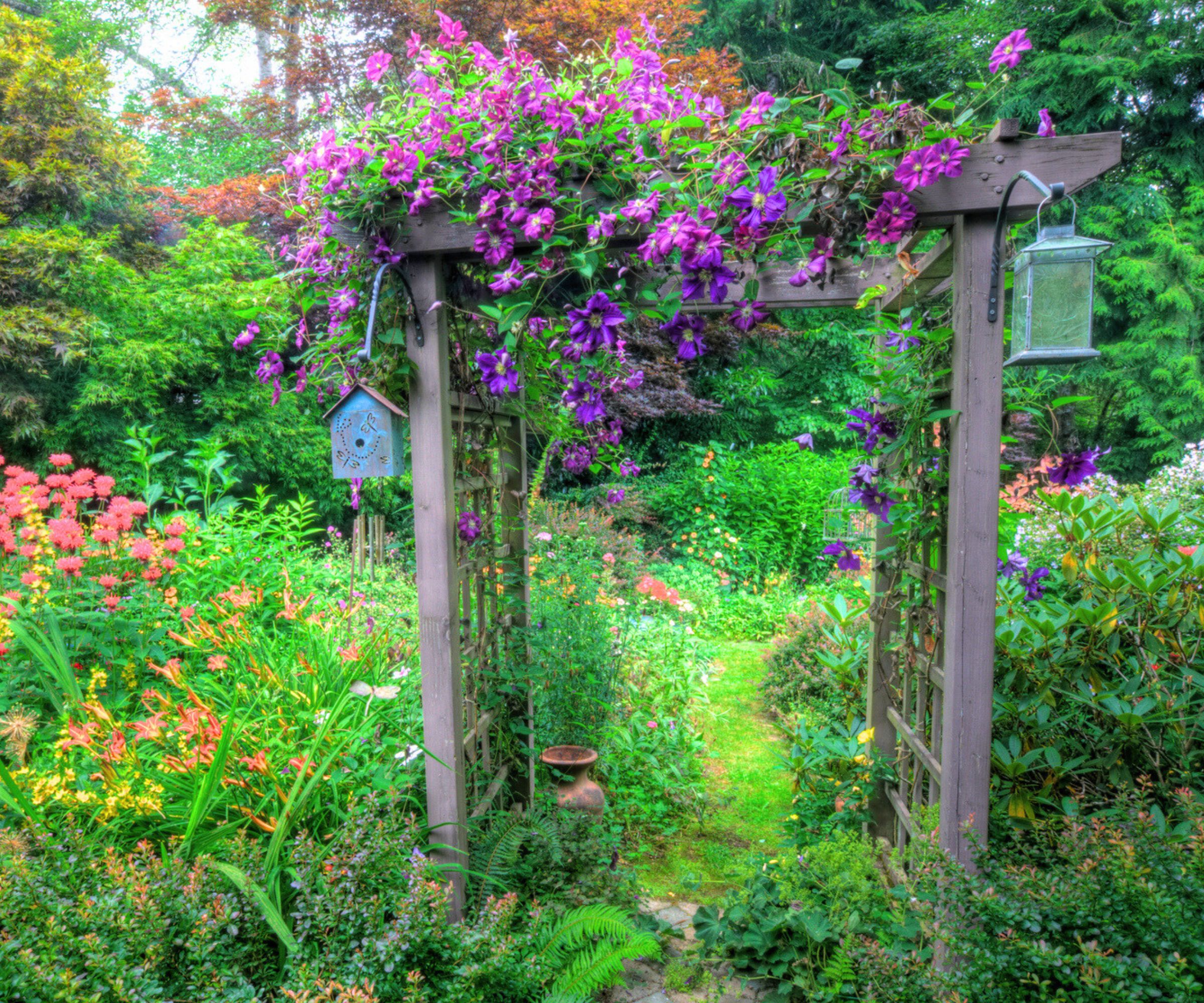
Smaller vines and vining veggies can be trained to climb up other supports, such as bamboo teepees, lattices, tomato cages, or even just unique tree branches. Vintage ladders can also make unique supports for vines.
Bushy plants, like peony, will need a different type of support than tall, single-stem plants like Asiatic or oriental lilies.
Finding unique plant supports for climbers can be fun as long as it is strong enough to hold the vine of your choosing.
Gardening tips, videos, info and more delivered right to your inbox!
Sign up for the Gardening Know How newsletter today and receive a free copy of our e-book "How to Grow Delicious Tomatoes".
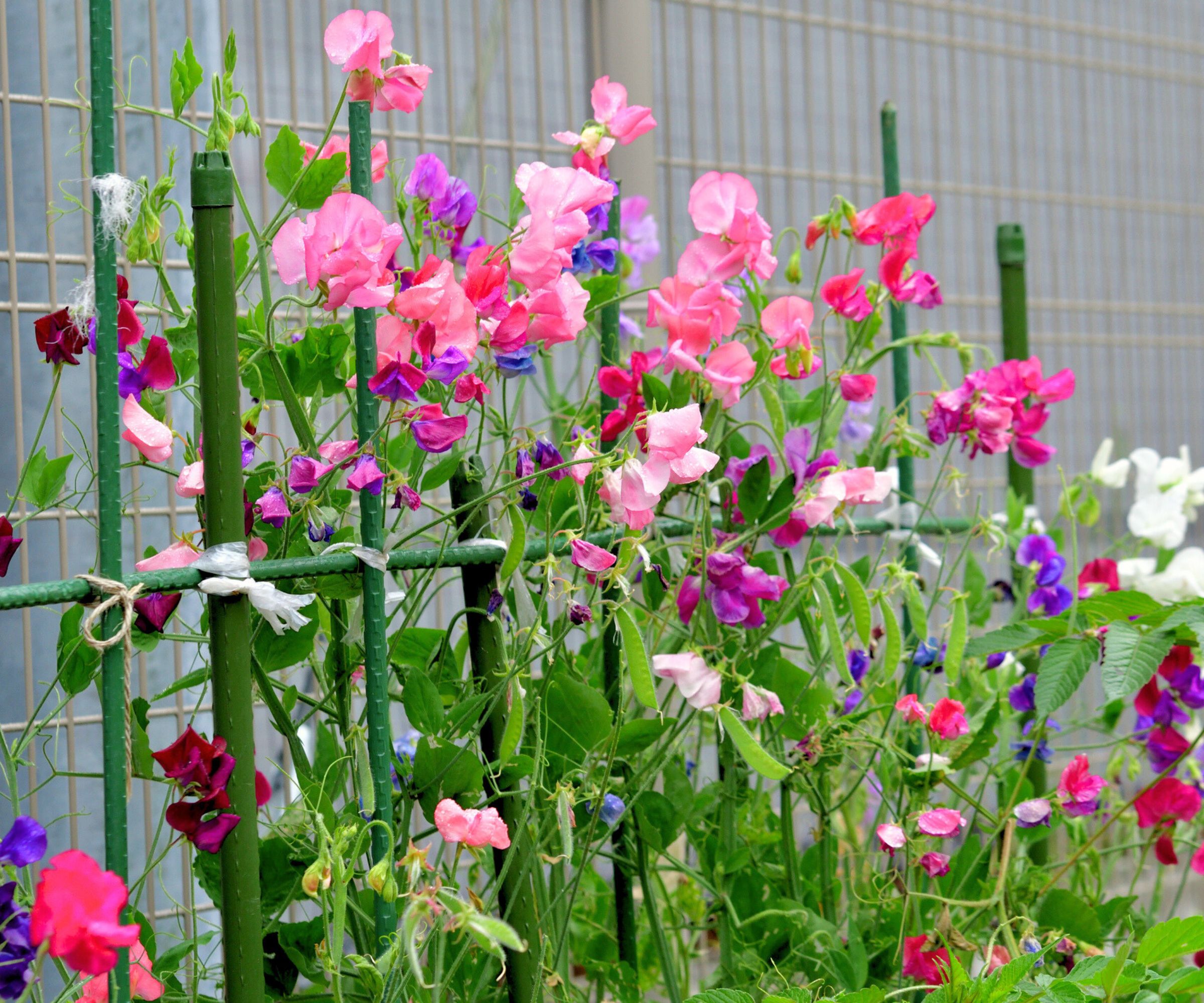
How to Choose the Right Plant Support
When choosing garden plant supports, you must consider the growing habit of the plant. Support structures for tall plants will differ from supports for bushy, lower growing plants. You can use single stem supports for tall plants like:
These single stem supports are usually just bamboo, wood, or metal stakes or poles that the plant stem is tied to with twine or string (never use wire). Coated metal, single stem supports are available at most garden centers. These are long, metal stakes with a ring on top for the stem to grow through.
Adjustable grow-through supports have a circular metal grid that sits horizontally on three or four legs. These are placed over young, bushy plants like peonies.
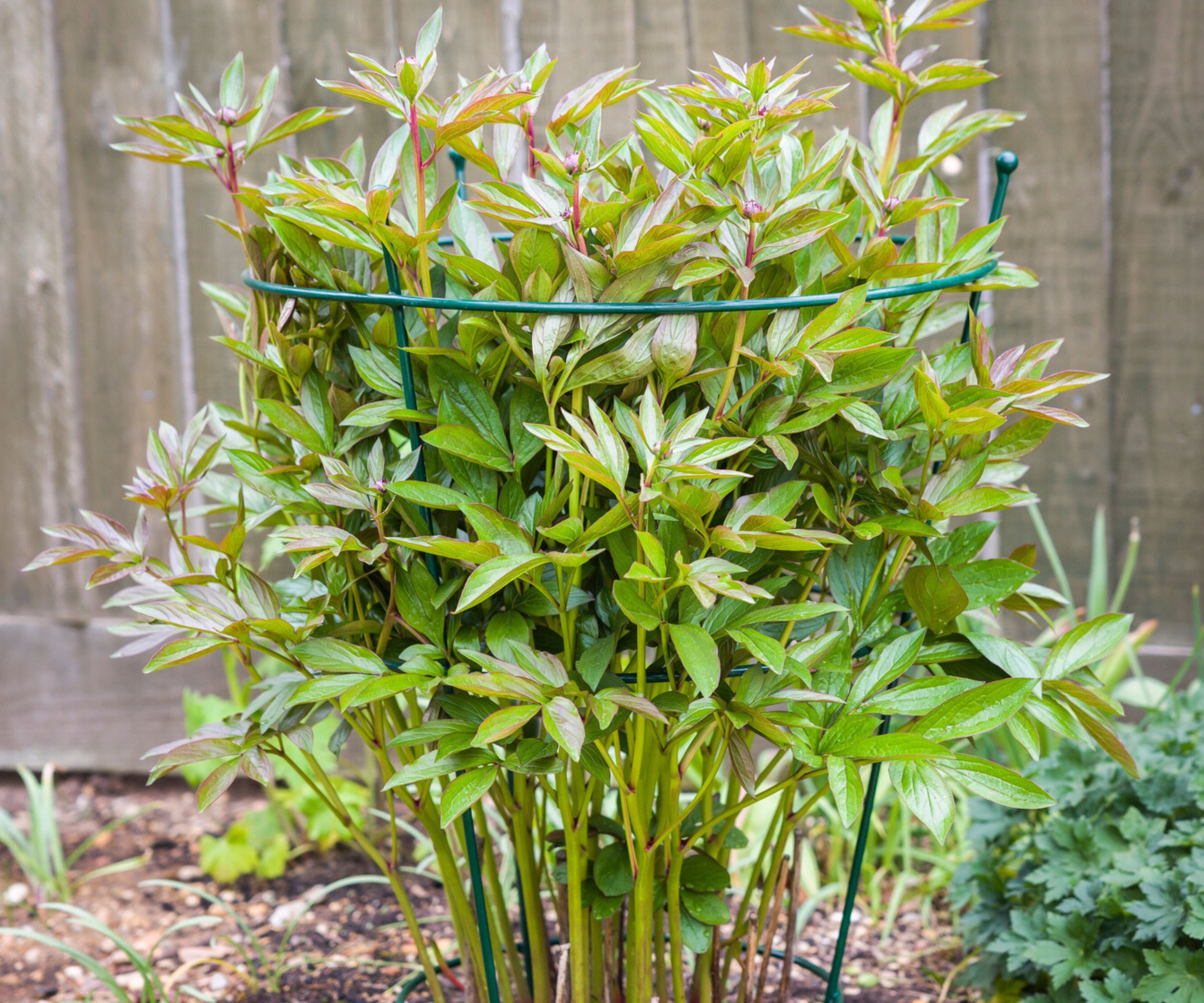
As the plant grows, its stems grow up through the grid, providing support throughout the plant. Vase-shaped plant supports are also used for plants like peonies along with:
These are available in various heights. Generally, as the plants grow through grid supports or vase supports, the foliage will hide the supports. If your plant has already been beaten down by wind or rain, you can still try to support them. You can use stakes and tie them up. Half circle supports come in various heights to support top-heavy, leaning plants. Linking stakes can also be used to prop fallen plants back up.
-
 12 Lush Alternatives To A Lawn For Sustainable Spaces
12 Lush Alternatives To A Lawn For Sustainable SpacesAlternatives to a lawn are beautiful and also beneficial to your local ecosystem and its pollinators. Explore our top picks for plants to replace grass.
By Tonya Barnett
-
 Types Of Tomatoes Explained: Explore The Many Wonderful Shapes, Colors, Flavors, & Best Uses
Types Of Tomatoes Explained: Explore The Many Wonderful Shapes, Colors, Flavors, & Best UsesThe world of tomato varieties is vast and fascinating. Learn about the key types to grow in your garden, tailored to your preferences and space.
By Amy Grant
-
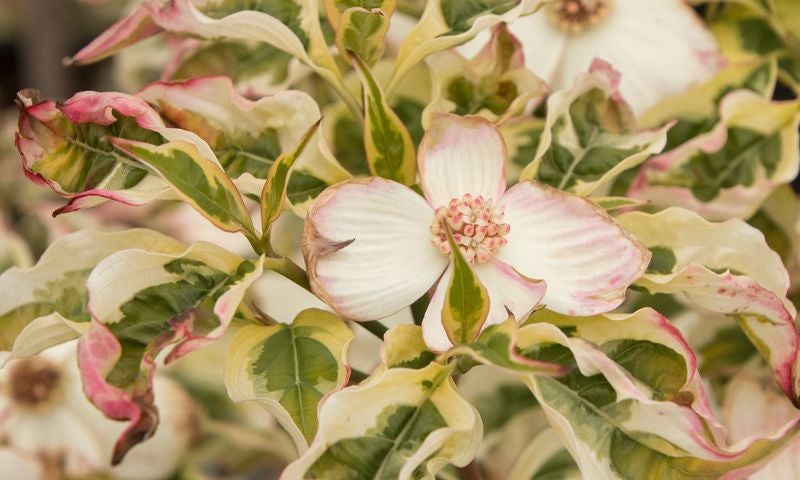 20 Hard-to-Find Spring Flowers & Plants That Look Amazing All Season
20 Hard-to-Find Spring Flowers & Plants That Look Amazing All SeasonIt’s finally beginning to look like spring! If you’re eager to find some unique, hard-to-find varietals to satisfy your spring fever, look here first.
By Caroline Bloomfield
-
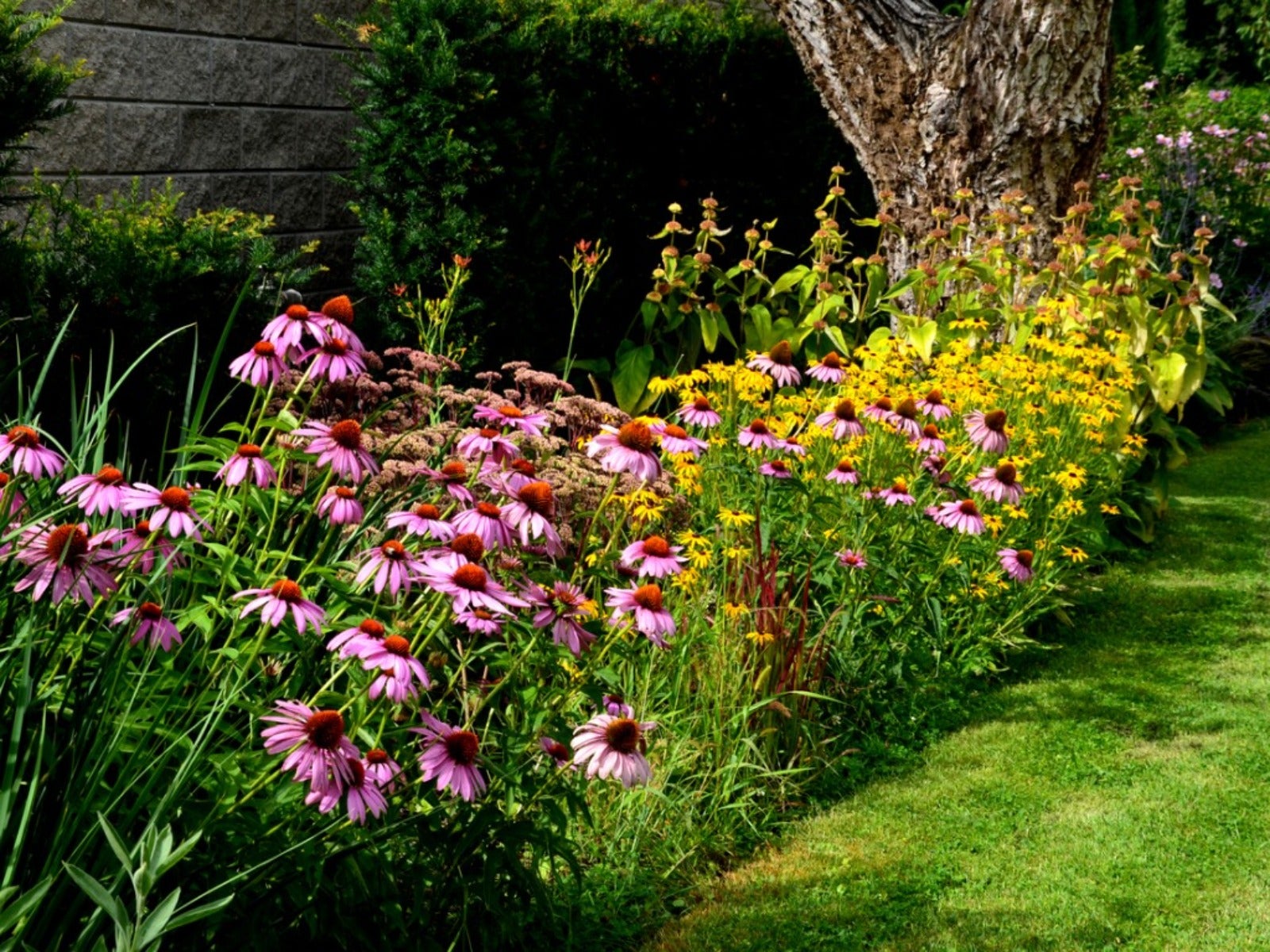 How Wildflower Strips Help Attract Pollinators To Your Yard
How Wildflower Strips Help Attract Pollinators To Your YardIf you have a small garden spot or strip available, fill it with wildflowers for our hungry pollinators. Click to learn more.
By Tonya Barnett
-
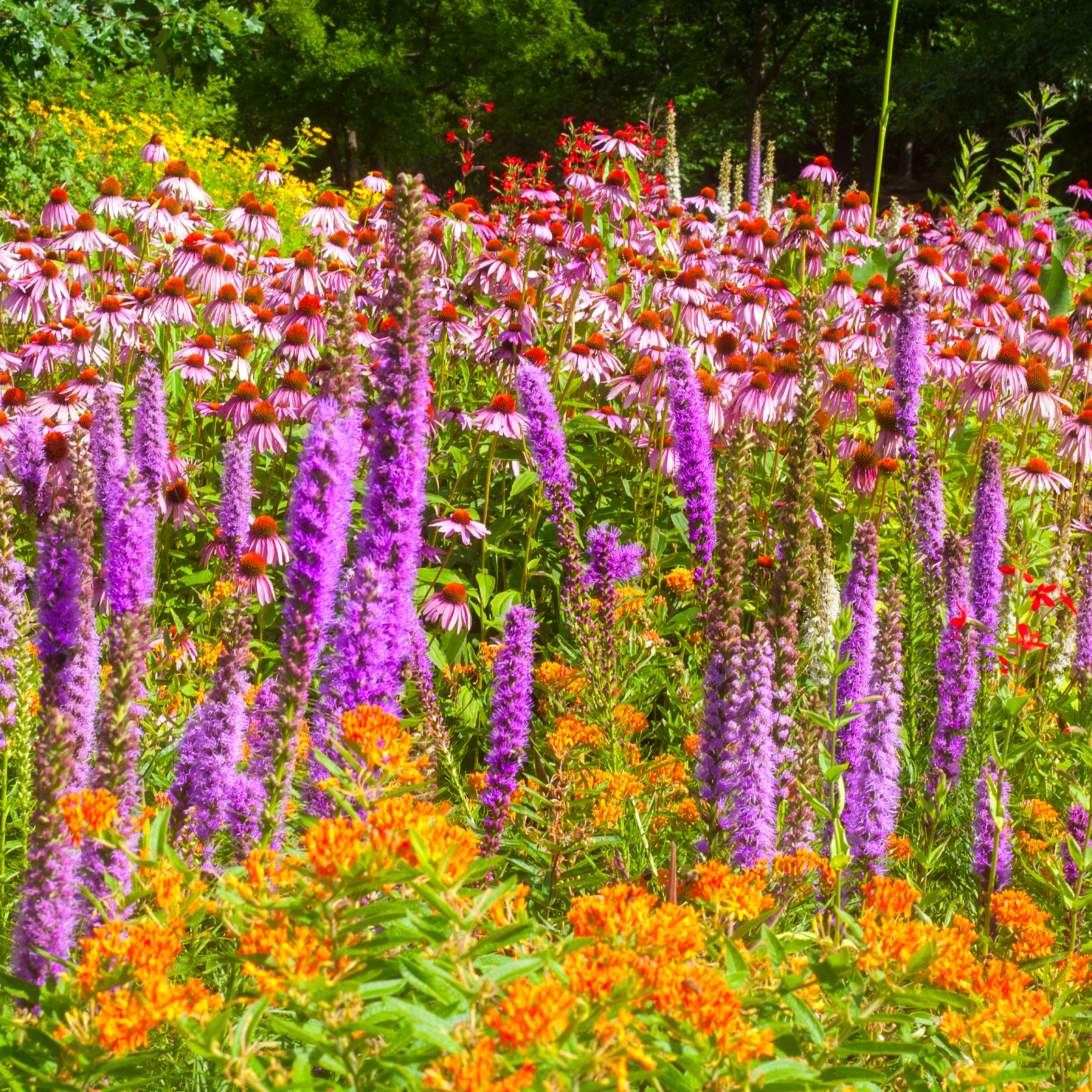 10 Knockout Native Flowers To Add A Punch Of Color To Your Garden
10 Knockout Native Flowers To Add A Punch Of Color To Your GardenGrowing native is the way to go. See our list of ten native wildflowers that will knock you out with color.
By Amy Grant
-
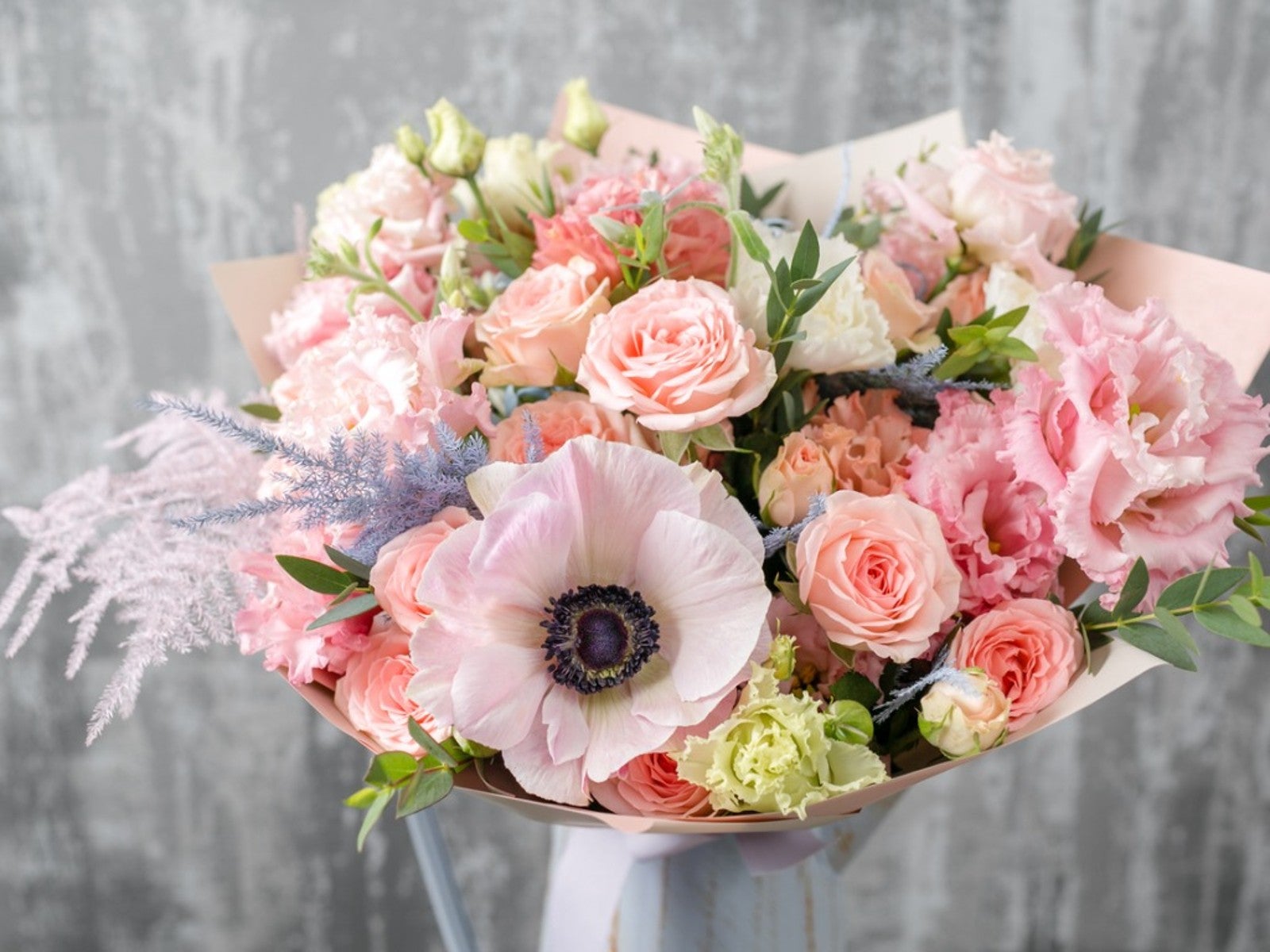 Pretty Plants For A Pastel Flower Bouquet
Pretty Plants For A Pastel Flower BouquetRoses aren’t the only romantic flower. Some romantic pastel flowers can fill in beautifully.
By Tonya Barnett
-
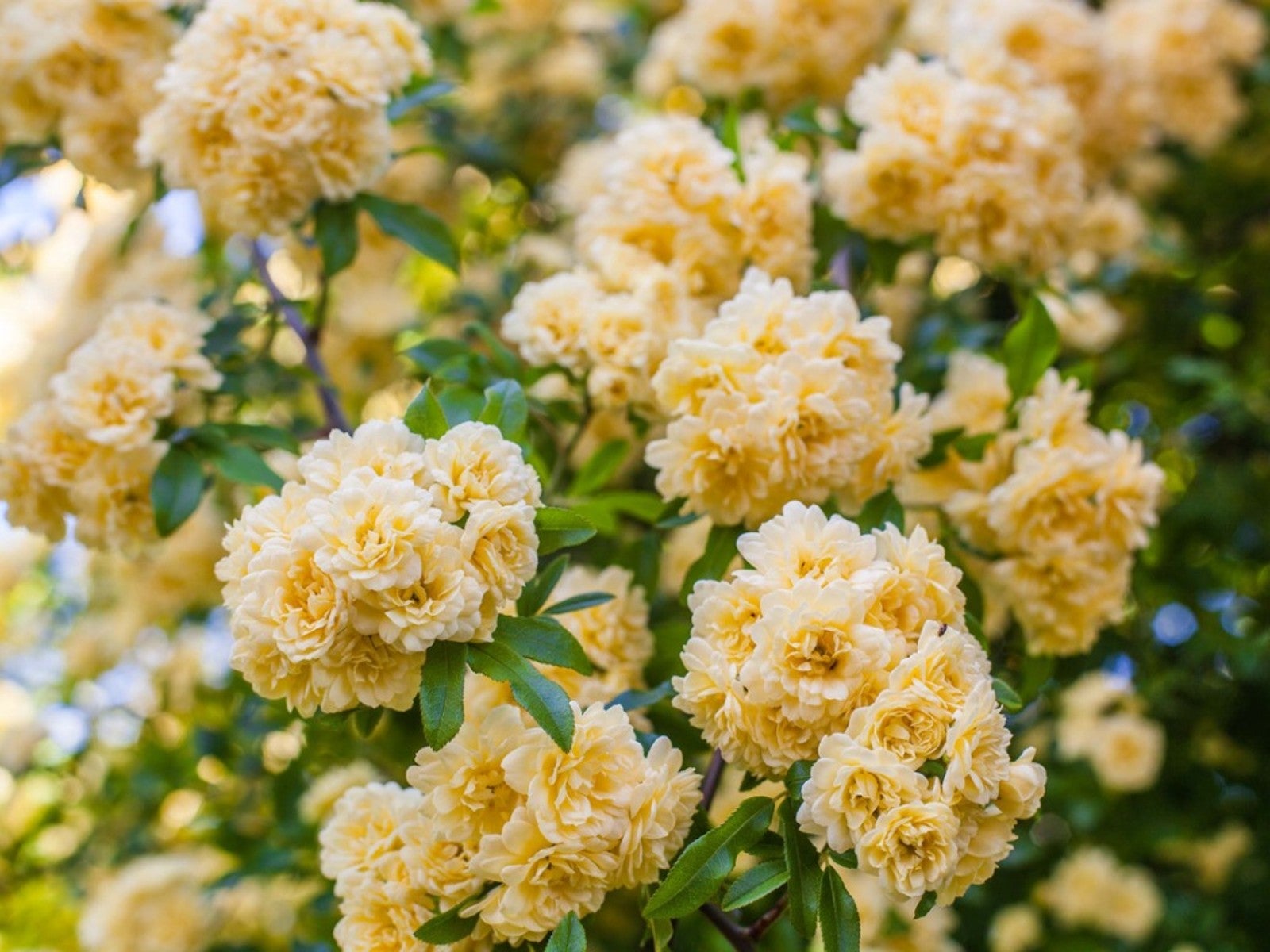 Soft Yellow Plants For A Sunny Pastel Garden
Soft Yellow Plants For A Sunny Pastel GardenClick here for ideas on some pale yellow flower varieties for pastel garden designs.
By Tonya Barnett
-
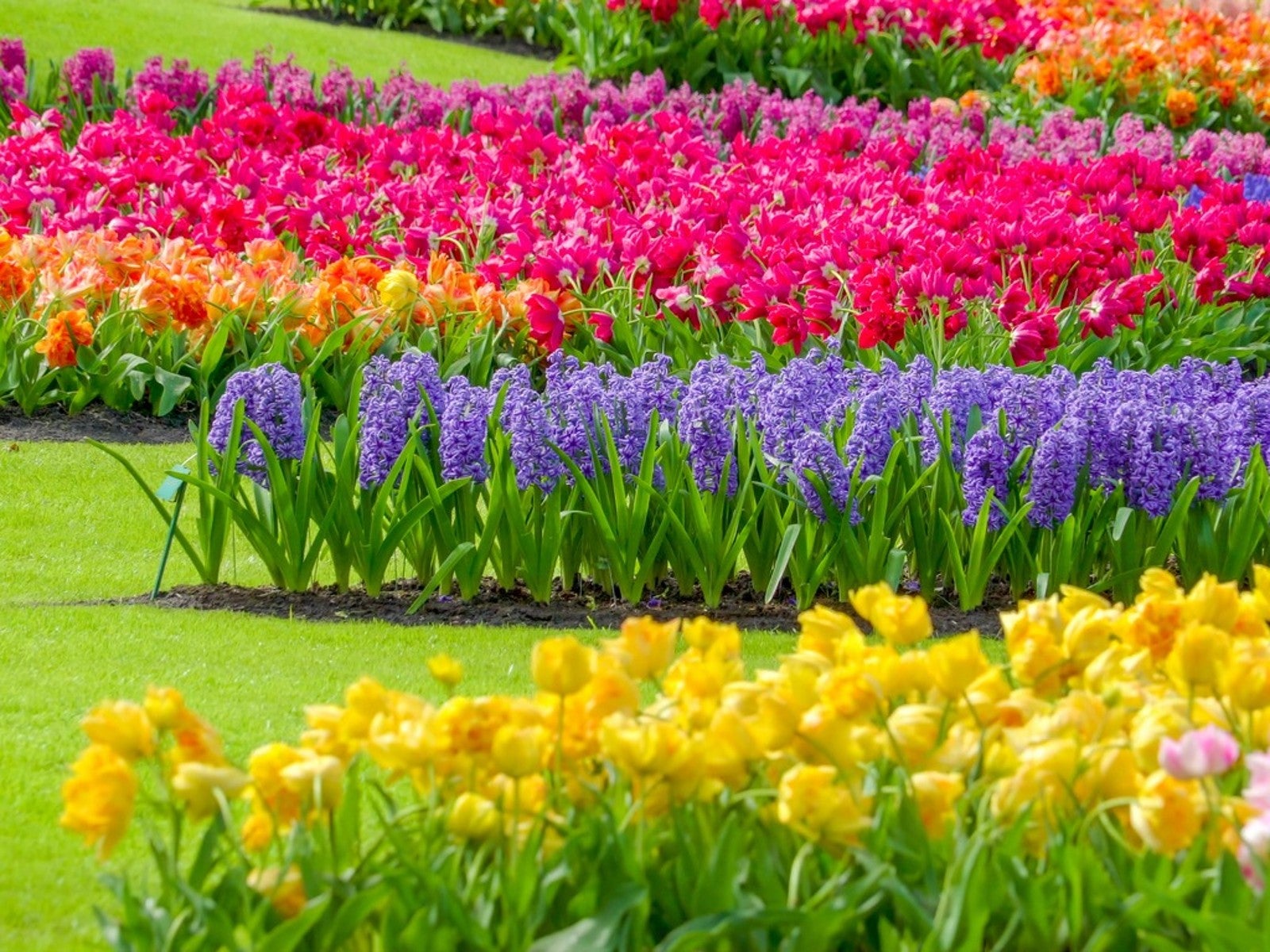 Most Common Flower Color In The World
Most Common Flower Color In The WorldWhat are the most common and least common flower colors in the world? Click here to find out.
By Mary Ellen Ellis
-
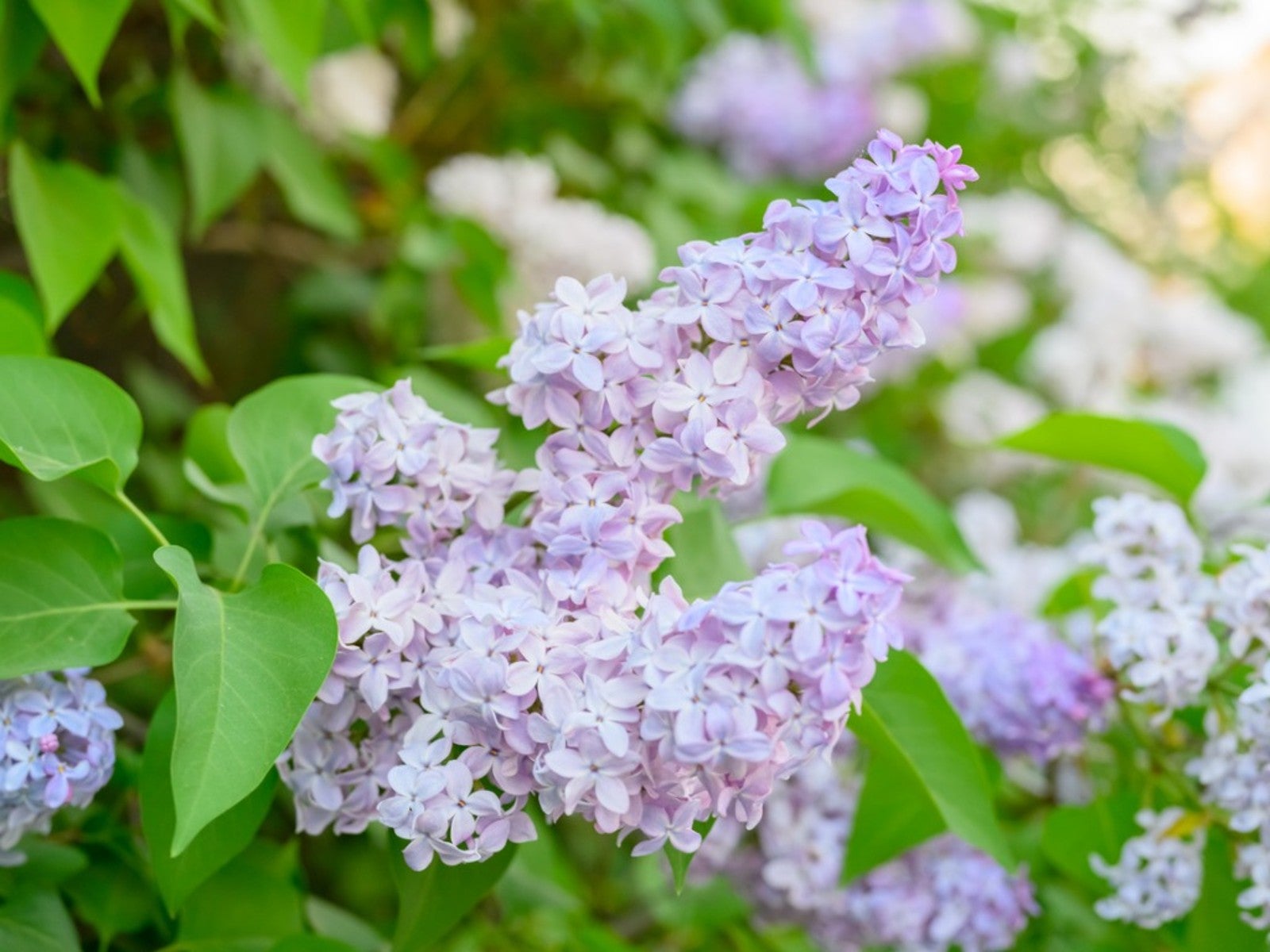 Pastel Plants For A Lovely, Light Purple Flower Garden
Pastel Plants For A Lovely, Light Purple Flower GardenClick here for ideas on some light purple plants for a pretty, pastel garden display.
By Tonya Barnett
-
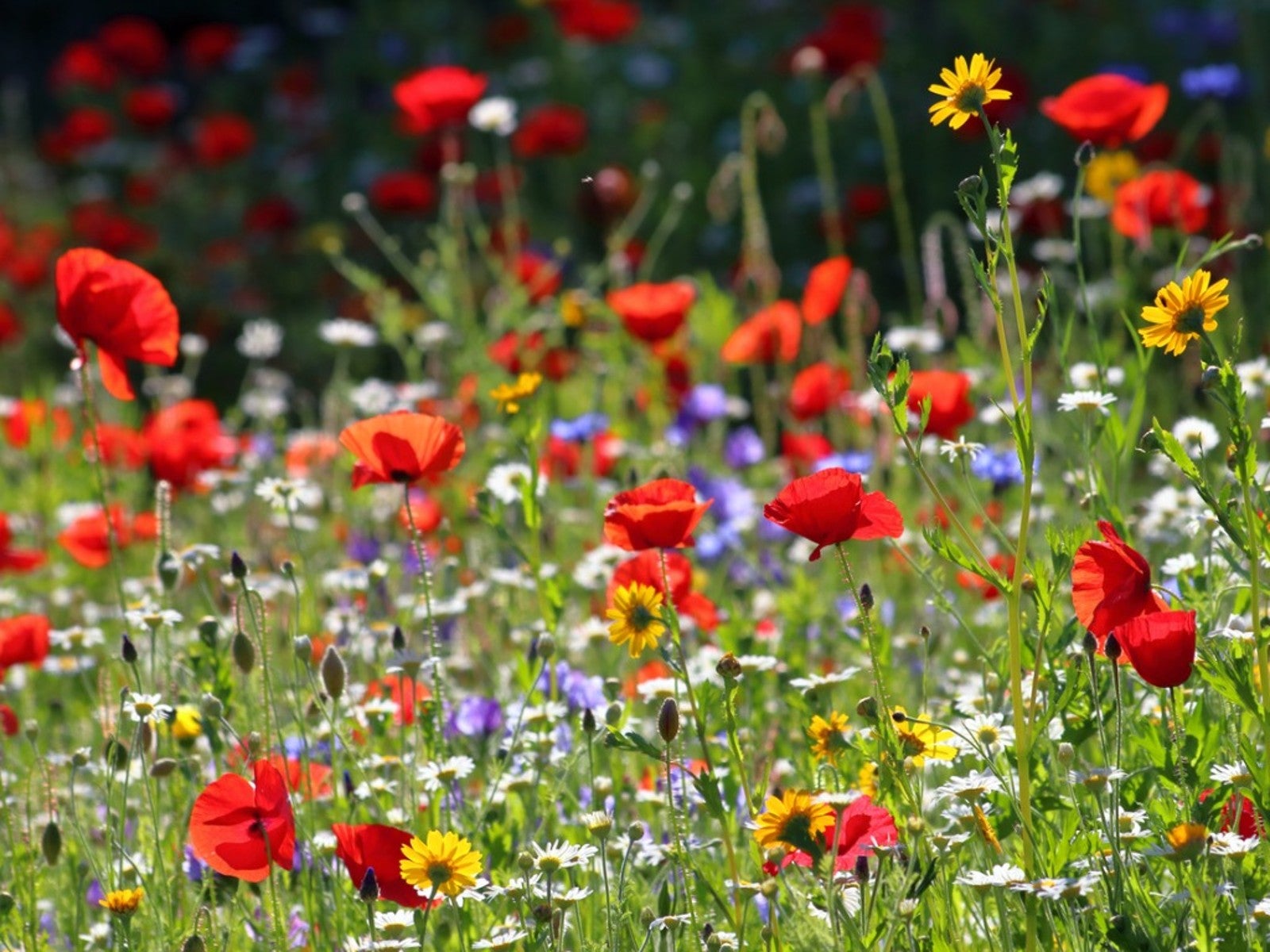 Plant Wildflower Seeds In Fall for A Stunning Spring Display
Plant Wildflower Seeds In Fall for A Stunning Spring DisplayCan you plant wildflower seeds in fall? What makes fall the best time to sow wildflower seeds? Click here for more.
By Tonya Barnett